Mustard sauce, a staple condiment in cuisines across the globe, is cherished for its zesty flavor, versatility, and rich cultural history. From hot dogs in America to sausages in Germany and vinaigrettes in France, mustard sauce enhances food experiences in unique and flavorful ways. But have you ever wondered which country dominates the global mustard sauce production? In this article, we will explore the world of mustard sauce—its history, production, and the country that leads in its manufacturing.
A Brief History of Mustard Sauce
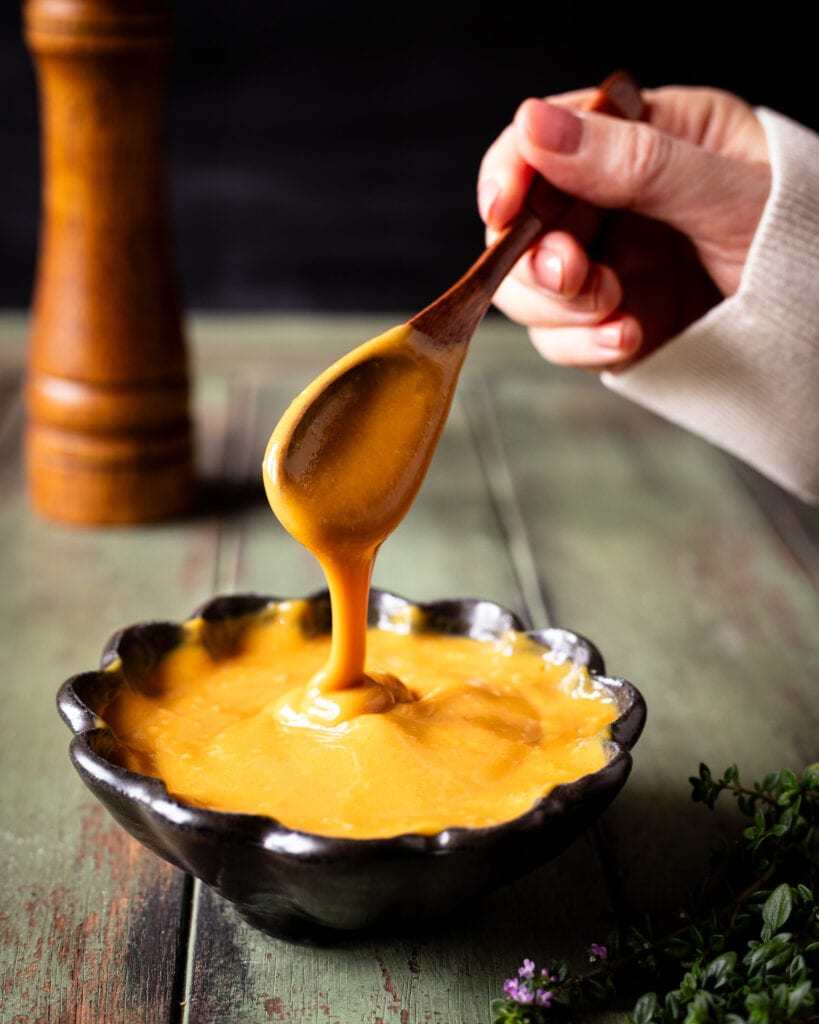
Mustard, derived from the seeds of the mustard plant (mainly Brassica juncea and Sinapis alba), has been used as a condiment for centuries. Ancient civilizations such as the Romans and Greeks used mustard seeds for culinary and medicinal purposes. However, mustard sauce as we know it today—ground mustard seeds blended with water, vinegar, wine, or other flavorings—began to gain popularity in medieval Europe.
France played a pivotal role in refining mustard sauce. The city of Dijon became a renowned mustard-producing region in the 13th century, giving rise to the famous Dijon mustard. Since then, mustard sauce has evolved into numerous varieties across the globe—from American yellow mustard to English spicy brown mustard to German and Indian versions with their own twists.
The Global Mustard Sauce Industry
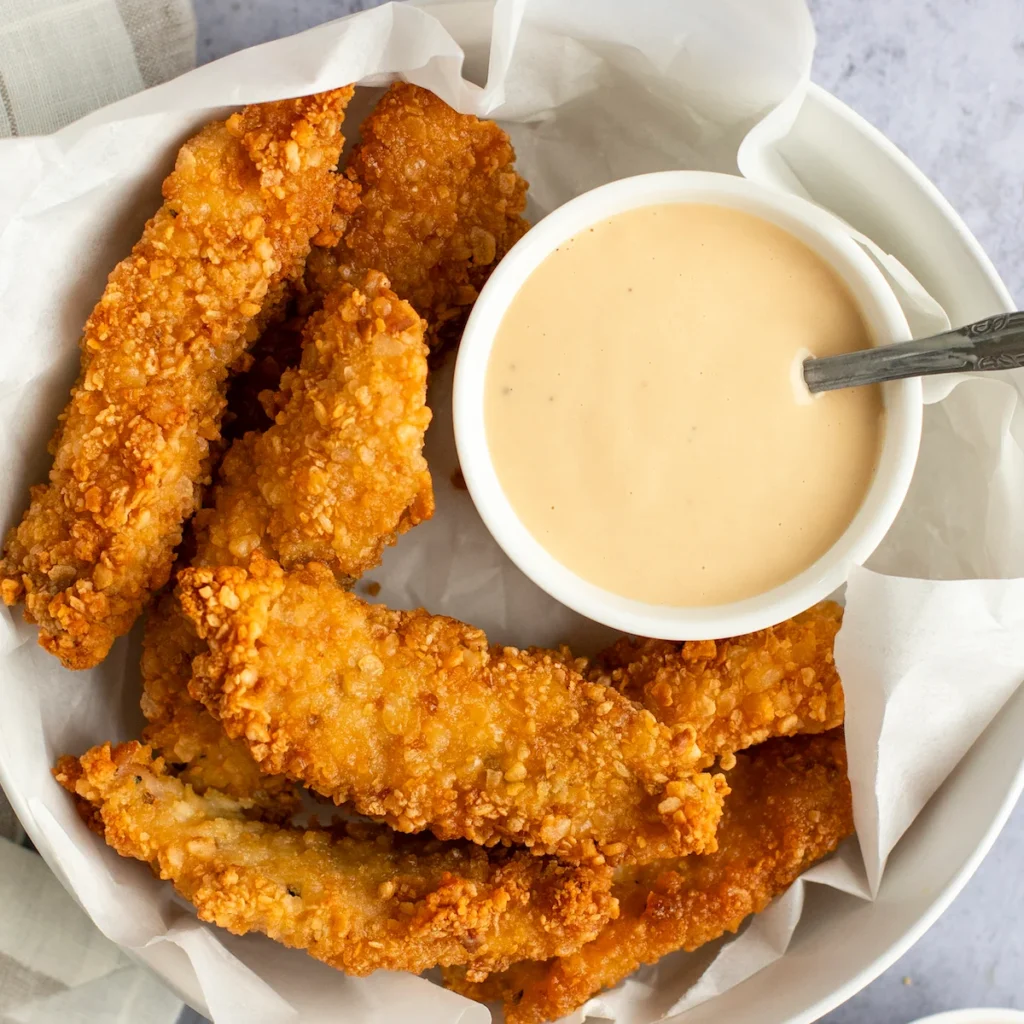
Today, the mustard sauce industry is a significant segment within the global condiments market. It’s driven by the increasing demand for processed foods, fast food, and international cuisines. Mustard sauce is widely used not only in households but also in food service industries like restaurants, hotels, and catering services.
According to market analysts, the global mustard sauce market is valued at over USD 6 billion and is projected to grow steadily, fueled by innovation in flavors, health-oriented variants (like organic and low-sodium mustards), and expanding markets in Asia and Latin America.
Major Producers of Mustard Seeds
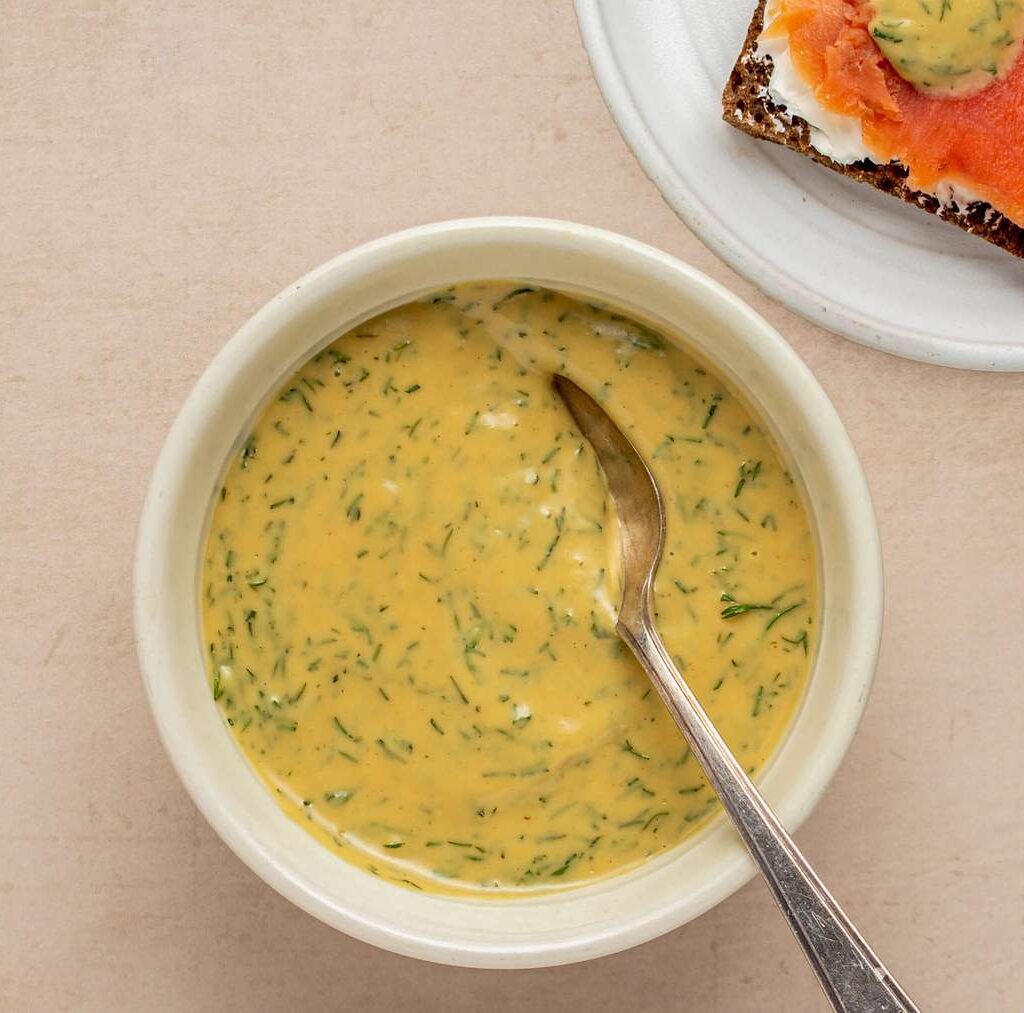
Before identifying the top mustard sauce producer, it’s important to consider the supply of mustard seeds, the raw material used to make mustard sauce. The leading mustard seed-producing countries include:
- Canada: The world’s largest exporter of mustard seeds, especially to Europe and the U.S.
- Nepal: A major producer, primarily for local consumption.
- India: A significant producer and consumer, with mustard used in both seed and oil forms.
However, producing mustard seeds doesn’t necessarily translate to producing the most mustard sauce. Processing infrastructure, industrial demand, consumer trends, and exports all influence the country’s output in sauce manufacturing.
Top Mustard Sauce-Producing Countries
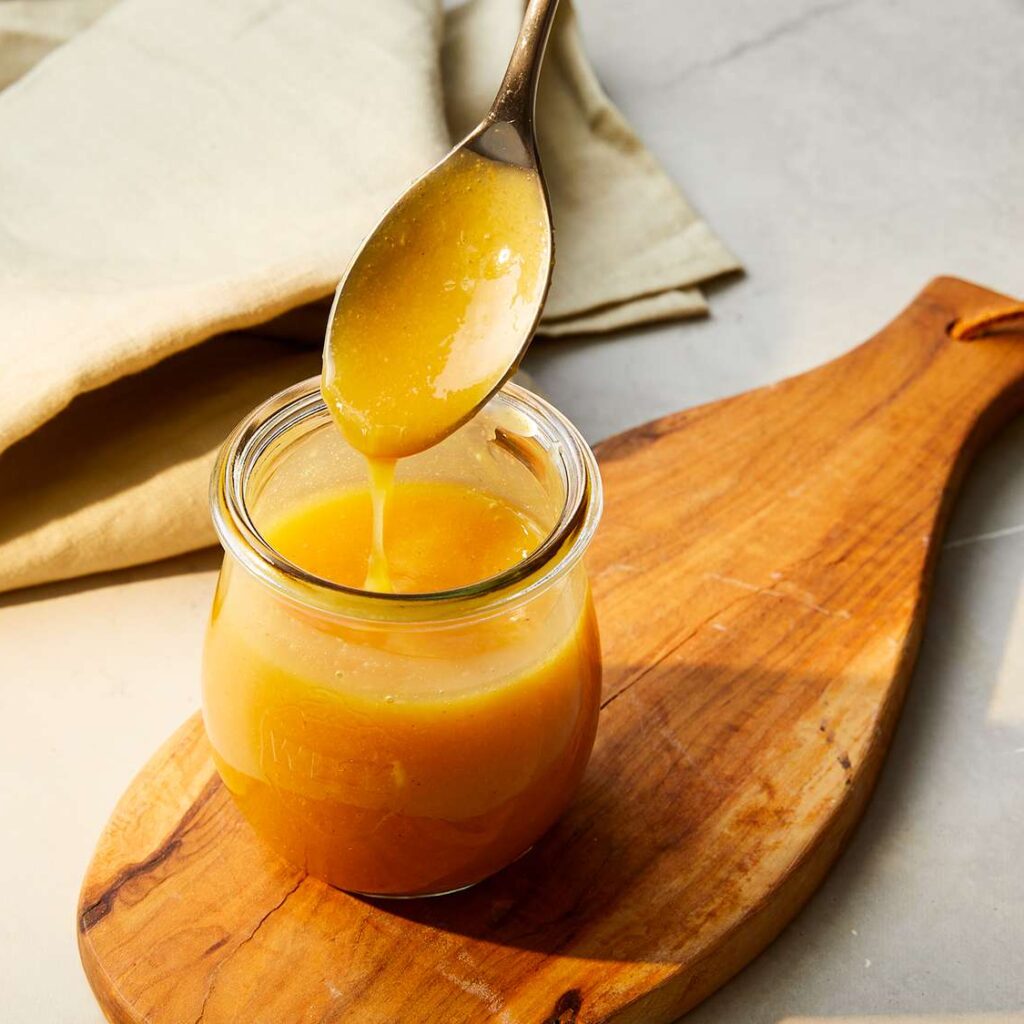
Let’s explore some of the biggest players in mustard sauce production:
1. United States – The Undisputed Leader
The United States is the largest mustard sauce producer in the world. Home to several global condiment giants and a massive consumer base, the U.S. leads in both domestic production and export of mustard sauce.
Key Facts:
- Major brands: French’s (owned by McCormick), Heinz, and Grey Poupon dominate the market.
- Production hubs: Missouri, Illinois, and Pennsylvania house some of the biggest mustard sauce factories.
- Consumption trends: Americans consume more than 150 million pounds of mustard sauce annually, with yellow mustard being the most popular variety.
French’s Yellow Mustard, first introduced in 1904, remains one of the most recognized mustard sauces in the world. The brand alone produces over 60 million bottles of mustard each year, primarily from its Springfield, Missouri facility—one of the largest mustard factories globally.
2. France – The Pioneer of Gourmet Mustard
While France may not surpass the U.S. in total production volume, it holds a commanding position in the premium mustard sauce segment, especially with its world-renowned Dijon and whole grain mustards.
Highlights:
- Famous brands: Maille, Amora, and Fallot.
- Cultural heritage: Mustard production in Dijon dates back to the 13th century and is protected by European labeling laws.
- Exports: France exports gourmet mustard sauces to over 100 countries, especially Europe and North America.
French mustard sauces are synonymous with high quality and culinary refinement, making them a favorite in fine dining and among food connoisseurs.
3. Germany – A Traditional Favorite
Germany has a rich tradition of mustard consumption, particularly with sausages, pretzels, and meats. While German mustard sauce production is smaller in scale compared to the U.S., its influence is significant in Central and Eastern Europe.
Features:
- Popular brands: Löwensenf, Händlmaier, and Bautz’ner.
- Regional specialties: Bavarian sweet mustard (Süßer Senf) is a delicacy.
- Consumer habits: Germans consume nearly 1 kg of mustard per capita annually.
Why the United States Leads Mustard Sauce Production
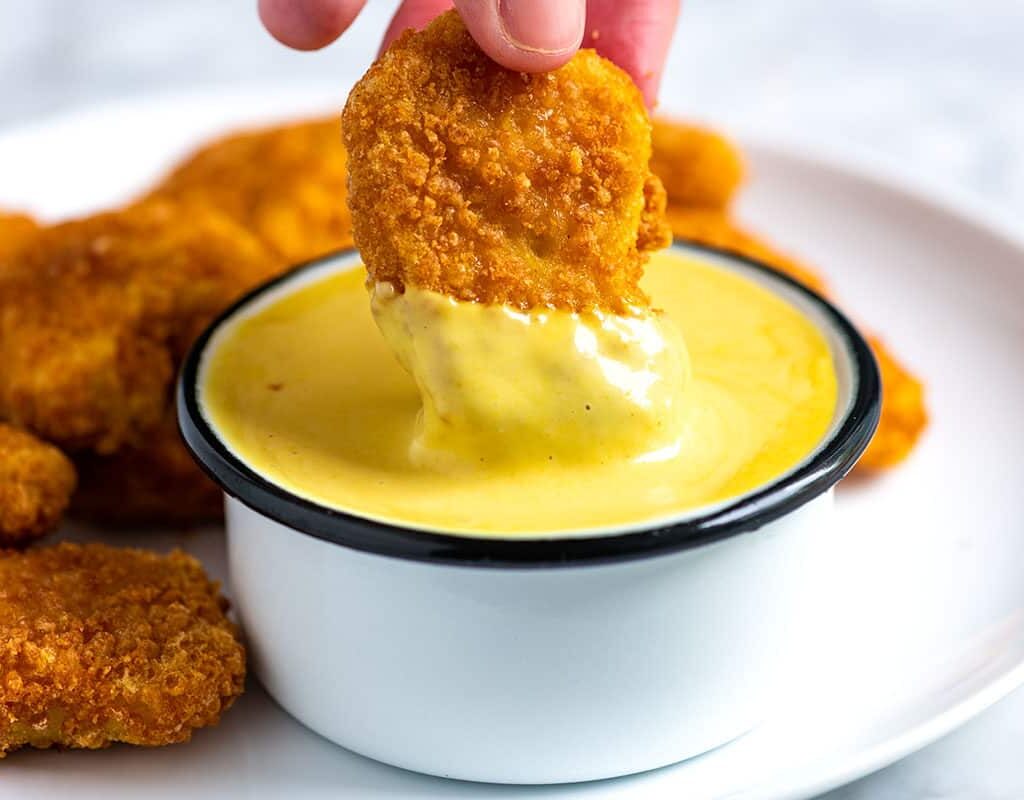
Several factors contribute to the United States’ dominance in mustard sauce production:
1. Large-scale manufacturing infrastructure
U.S. condiment manufacturers operate some of the largest and most technologically advanced processing facilities in the world, enabling them to meet high domestic and global demand efficiently.
2. Strong domestic consumption
From burgers and hot dogs to sandwiches and salads, mustard is deeply ingrained in American food culture, ensuring steady demand across all age groups and demographics.
3. Global export market
The U.S. exports mustard sauce to over 80 countries, with Canada, the UK, and Mexico among the top destinations. The country’s export value for prepared mustard products exceeds $150 million annually.
4. Brand leadership
Well-established brands like French’s and Heinz invest heavily in marketing, product development, and distribution networks, maintaining a strong presence in supermarkets and restaurants worldwide.
Emerging Trends in Mustard Sauce Production
As mustard sauce continues to evolve, producers across the globe are tapping into new trends:
- Organic and non-GMO mustards are gaining popularity among health-conscious consumers.
- Fusion flavors like honey-mustard, sriracha-mustard, and wasabi-mustard are expanding market appeal.
- Eco-friendly packaging and sustainable sourcing are becoming essential for global brands.
- Regional variants from India (Kasundi), Japan (Karashi), and Eastern Europe are gaining international recognition.
Conclusion
In the flavorful world of condiments, mustard sauce stands out as a global favorite. While countries like France and Germany have made their mark with rich culinary traditions and gourmet offerings, the United States remains the largest mustard sauce producer in the world—thanks to its massive scale of production, innovation, and a culture that embraces this spicy, tangy delight.
As global tastes continue to diversify, and demand for both classic and exotic condiments grows, the mustard sauce industry will only flourish further. But for now, when it comes to volume, variety, and global reach, the U.S. wears the mustard crown.
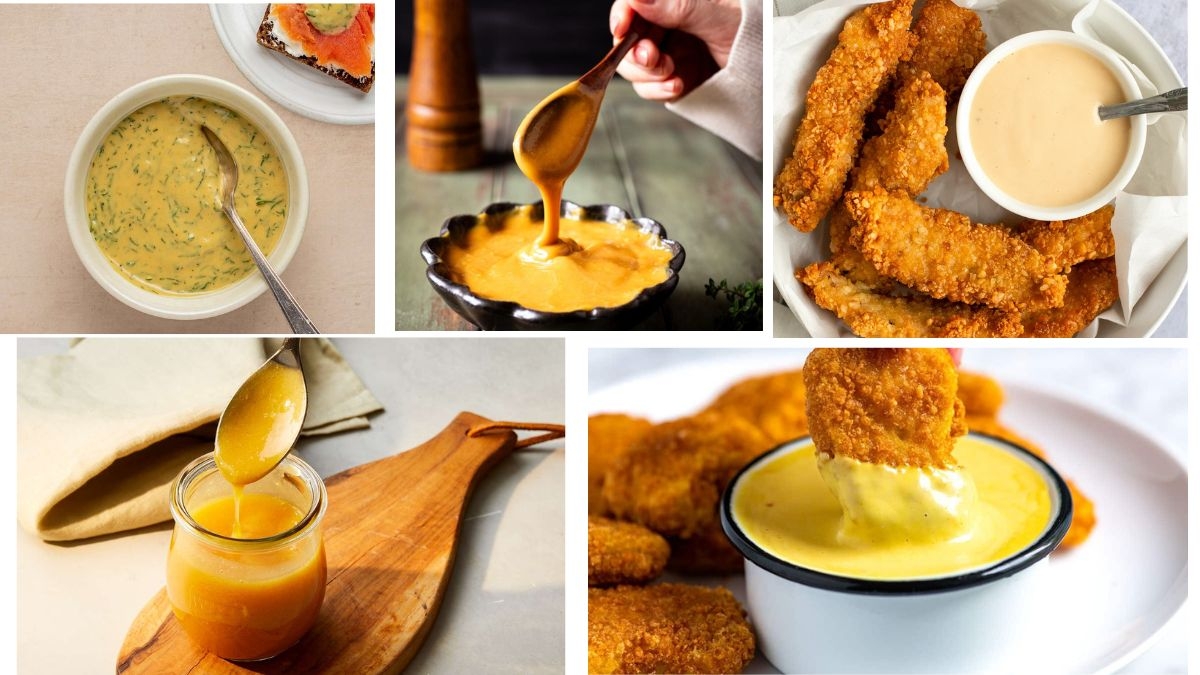
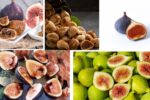

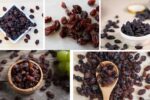
Leave A Comment